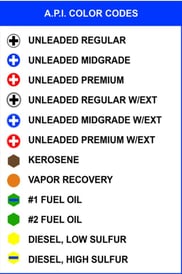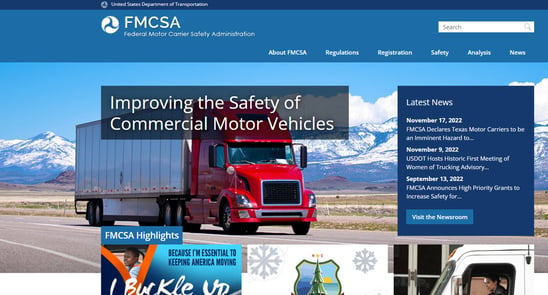Happy Holiday Season: Winter Safety Tips for Reliable Product Delivery
At Dennis K. Burke, Inc. we consider Safety one of our top priorities. We aim to deliver products to our customers in as safe a manner as possible, while making sure our drivers make it home safely to their families at the end of each workday.
Winter weather brings a unique set of challenges to our industry, from making deliveries in inclement weather, winter driving, and safely accessing customer locations. Below are a few reminders from our Safety Department on how to ensure customers can ensure they’ll receive the products they need as reliably as possible.
If you’re a generator customer, please be sure the generator has a working gauge or whistle. Delivery drivers are not permitted to fill a tank without ensuring they know how much product will fit safely. Oftentimes our drivers arrive to fill generators and discover either the gauge is broken (i.e. not responding when fuel is delivered), or the tank is equipped with a whistle that does not sound. If the driver is unable to determine how much fuel is in the generator, the delivery will have to be stopped until the matter is resolved. This is to protect the customer’s property and avoid having a fuel spill.
We kindly ask all customers to provide safe access for our drivers, so they can gain access to the fills. This includes removing and or treating any snow and ice that may have accumulated, as well as other items that might be stored near the tanks we’re filling. Sometimes snow falls during the delivery, so there might be a fresh covering, making it difficult for a driver who might be unfamiliar with a location to locate a below ground fill. If possible, please mark fills with traffic cones or other objects to make them easy to spot!
Finally, a tip from DKB Safety - Remember to clear all snow and ice from your vehicle when traveling on the roadway. Motorists are responsible for anything that comes from their vehicle, including loose snow or ice. Clear the entire windshield so the driver has a clear field of vision while seated in the driver’s seat, and make sure you have plenty of washer fluid. During winter travel it’s a good idea to bring an emergency bag just in case you get stranded. A change of clothes, bottle of water, and a snack, and even medication, in case of emergency could be the difference between a tragic outcome and a positive ending to a roadside emergency.
On behalf of DKB Safety we want to wish all our customers a Safe, Happy, and Healthy Holiday Season.



